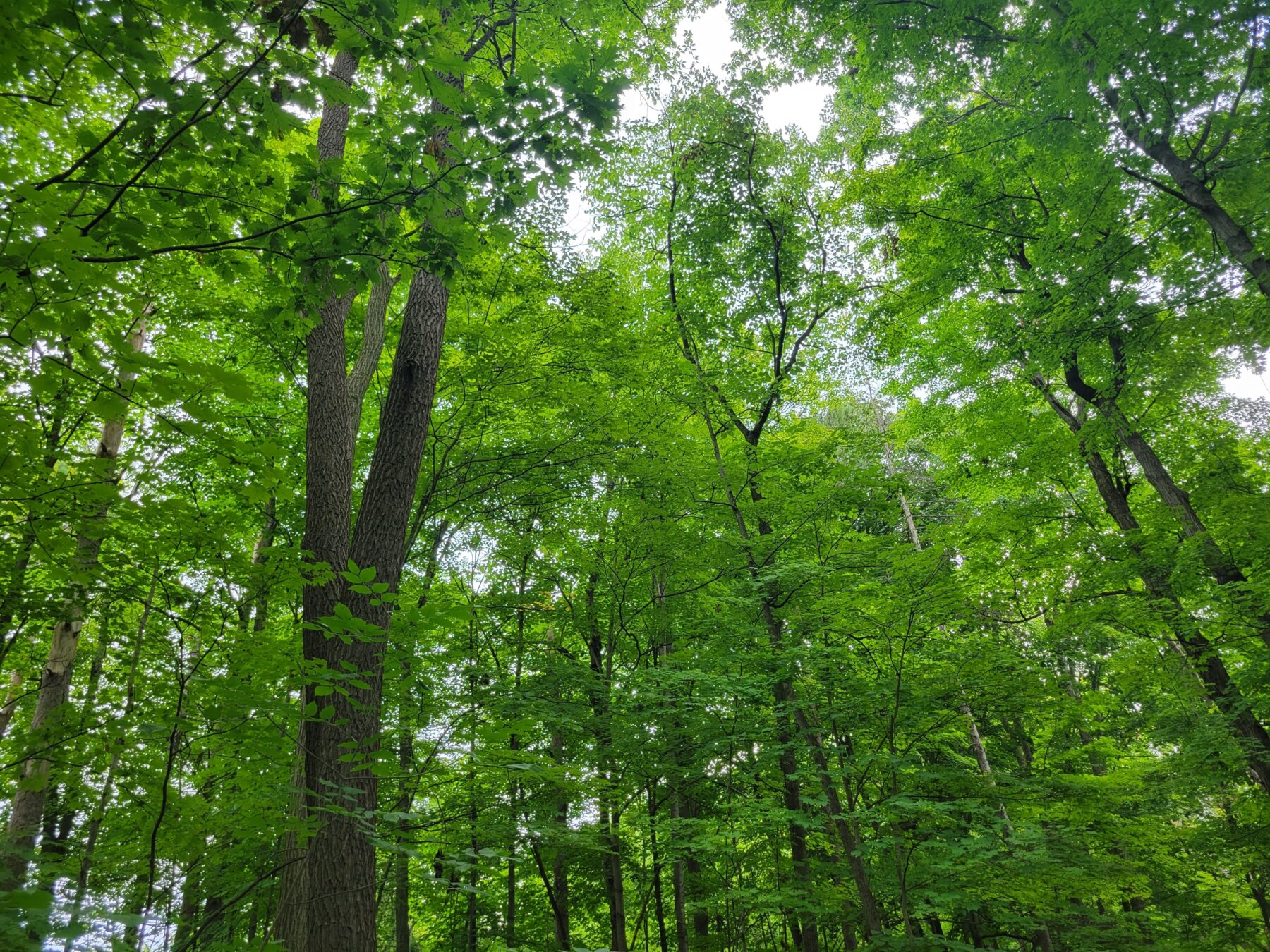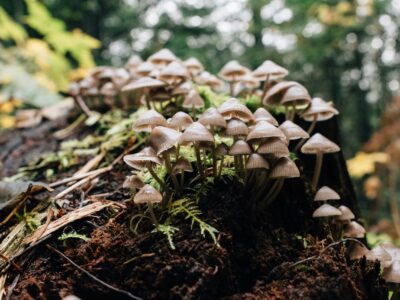I just spent the better part of July traveling through national forestland and protected national parks, appreciating the amazing wonder of the wilderness all around us. But the wilderness does not have to be publicly owned or protected to be marvelous. Americans all across the country own millions upon millions of acres of forestland. If you own any woodland at all—from an acre to hundreds of acres—you know that the woods become a part of you.
I know this to be true. After our road trip out West, I longed for the familiar, stalwart giants that surround our home in Ashland, Ohio. We live on an acre of land our realtor charmingly referred to as “urban seclusion,” a tagline that has stuck with us ever since we moved in. Our home is surrounded by several different species of trees—pin oak and pine, Japanese maple, red maple, and sugar maple, blue spruce and norway spruce, chestnut, cherry, and cottonwood—and more whose names I don’t know. Despite decades of change and hundreds of fierce storms, they stand.
And when I was a child, I roamed the woods on my grandparents’ farm, visiting the tallest trees the way one visits with old friends. Older than my grandparents themselves, the trees that shaded the lane were planted by my ancestors, the woods along the field around for decades, maybe even centuries, before my pioneer family members settled on the land, there when Native Americans sought the woods for survival, hunted there, lived among the trees and laid down no fences or property lines. The forests hold history, carry secrets in their sap.
Is it clear yet how much I treasure trees?
There are challenges and threats, though, to the forests I love. Changing weather conditions, fires, development pressures, droughts, pests, and more make managing a forest difficult. And when parents pass away, children are left to figure out what to do with the family farm and its forestland.
Fortunately, there are organizations that exist to help families keep their forests.
The American Tree Farm System (ATFS) exists to “give forest owners the tools they need to be effective stewards of America’s forests.” If you, your family, or a group of families own 10 or more acres of land with trees, you own a forest. According to ATFS, more than half of America’s woodland is owned and managed by about 11 million private owners.
These forests are critical to the health and wellbeing of people all over America… even all over the globe. Privately owned woodlands provide essential habitats for local wildlife. They contribute to the healthy quality of our air and water. They’re beautiful escapes from the roar and rush of everyday life, giving people everywhere recreational outlets our souls need to renew and recharge. And the trees in these private woodlands produce the jobs, lumber, and paper products we use everyday.
There are dozens more reasons why family forests matter. Far more than Christmas tree farms and pine plantations, tree farms have the long game in mind. Remember how long it takes for that giant oak to grow into the mature tree it is today, and the many benefits that older tree provides. Tree farms are working examples of applied forestry, with varied species and ages of trees, and the programs that ATFS promotes help owners of tree farms and forests make wise decisions about how to do an effective job at growing trees as a crop.
ATFS helps represent family forest owners in Washington to make sure lawmakers understand what needs to happen to protect these valuable assets in terms of taxes, forests in farm bills, endangered species, and markets for wood products. ATFS also provides management plan templates that have been adapted and modified at the state level to help private forest owners make sustainable decisions for their woodlands. Woodland owners can find many resources on wildlife, invasive species, integrated pest management, best management practices, and more.
Responsible forestry is critically important for us today as well as for the generations that will follow in our wake. As I write this, I am surrounded by these silent giants, these silent giants that provide oxygen, clean the air, store carbon, cool the atmosphere, filter water, blanket my home and yard with shade, enrich the soil, shelter wildlife, and remind me of the steadfastness of my Creator. There is no survival of our species without the trees.
Learn more about how you can protect your woods. You can find your state’s tree farm program by visiting the ATFS website.





 Copyright
2024
Root and Vine
Copyright
2024
Root and Vine